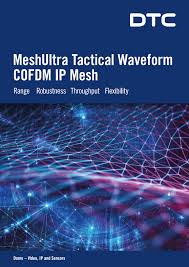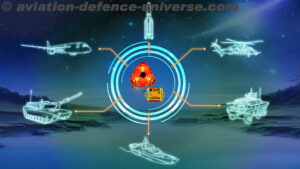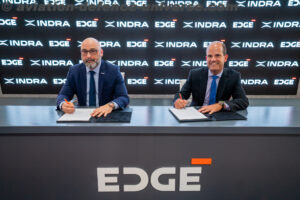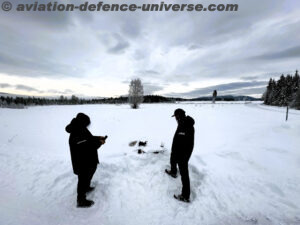Herndon, Virginia. 15 September 2020. When Armies transit to today from yesterday there is a burgeoning demand for communications structure which is knowledge-based and network-centric. DTC Communications (DTC) has successfully integrated onto the U.S. Army tactical network, it’s latest Mesh Ultra COFDM Waveform doubling the specified nodes and achieving optimum scalability. Equally significant to the Army was the DTC Radio was able to operate at extremely low power, just 200 mW, significantly improving LPI/LPD performance while achieving exceptional range and throughput.

“We value how our partnership with the Army has evolved over the past few years and find it rewarding to see the performance DTC achieved,” says Juan A. Navarro, CEO, DTC. DTC’s MeshUltra Tactical COFDM waveform was designed from the ground up for an optimal performance in the presence of heavy multipath and interference. It is not derived from Wi-Fi or WiMAX nor dependent on consumer silicon. Mesh Ultra employs over 800 carriers in contrast to the 54 carriers of Wi-Fi, allowing for a lower symbol rate on each carrier and therefore much better resistance to long-range multipath reflections.
The Mesh Ultra COFDM waveform is MiMo-capable and extremely spectrally efficient, particularly when compared with soldier radios utilizing constant amplitude modulations. DTC can offer up to 87Mbps in 20MHz channels and up to 5.6 Mbps in a narrow 1.25MHz channel –over ten times the throughput of some industry solutions in “like for like” bandwidths. This means that DTC can offer much higher PLI update rates, low latency voice and potentially even video in channels where these solutions could only offer slow update PLI. Most MANET Mesh radios employ a “contention-based” channel access mechanism called CSMA (Carrier Sensed Multiple Access) in which radios with data to send wait until they can see a clear channel before transmitting. CSMA networks are subject to self-interference due to “contention.”
This can lead to multiple retries significantly reducing real world network capacity, particularly in a large network. It also leads to very variable latency. DTC Mesh Ultra utilizes a Token-based managed channel access mechanism in which only a radio holding the channel access token can transmit. This completely removes self- interference and allows DTC networks to operate extremely efficiency – and with low and predictable latency – even at very high utilization.
DTC’s latest software release supports five different RF waveforms: three optimized Mesh waveforms, including the latest Mesh Ultra waveform, a backward historical standard Mesh waveform and a Multiple Input Multiple Output (MIMO) Mesh waveform. In addition, the platform supports a standards-based unidirectional COFDM waveform (DVB-T) and a DTC proprietary Narrowband COFDM waveform. The platform has the flexibility to be further evolved to support additional waveforms. Existing variants of the platform support Ethernet, USB, serial data, talkback audio, video and GPIO interfaces.




































































































































